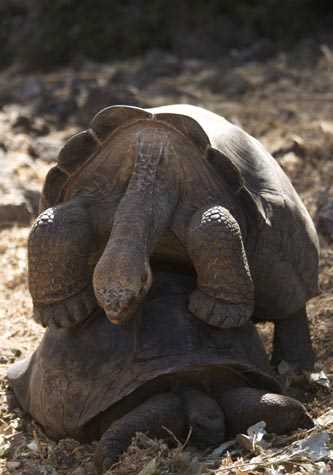It was amazing to see the National Geographic Endeavour approaching Academy Bay on Santa Cruz Island this morning. Inside the bay, there were lots of Galápagos tour boats and lots of small sailing boats which are exploring different parts of our planet, and Galápagos for them is a must.
The name of the town is Puerto Ayora. This is also the economical capital of Galápagos and the home of the two most important institutions in the Archipelago: The Galápagos National Park and the Charles Darwin Station. These two organizations are responsible for the conservation and protection of the Galápagos flora and fauna. Every year in Galápagos, giant tortoises have good conditions for nesting, but this archipelago has been dramatically impacted by introduced animals such as cats, dogs, donkeys and rats. For this reason, this famous breeding center was set up 50 years ago. It has been an amazing success story.
Every year the eggs are collected to be artificially incubated. This laborious process last for about 70 to 90 days, then they are kept in little black boxes with no food and water. After a few weeks they are finally placed in corrals with food to protect them from being eaten by the introduced animals. By two years their carapaces gets hard enough for them to be released in an open area where they get some food and the visit of experts to see how they are developing. By four or five years their carapaces reaches over ten inches in diameter and soon they are going to be released in the wild after a quarantine period to ensure they are not taking seeds inside their track system.
The whole population of Galápagos giant tortoises was destroyed almost to extinction in some islands. We don’t know how many were here before the human impact, but researchers estimated the population was once half a million. The numbers were dramatically reduced, but thanks to the successful breeding center the number are increasing very fast.
In Galápagos we have ten populations of giant tortoises right now, and the afternoon was dedicated to see one of the most successful populations, up in the highlands of Santa Cruz Island.
What a successful story to be shared with our Galápagos friends, in every corner of our planet; and they will be here waiting for you to come and see them roaming in the wild like millions of years ago.







